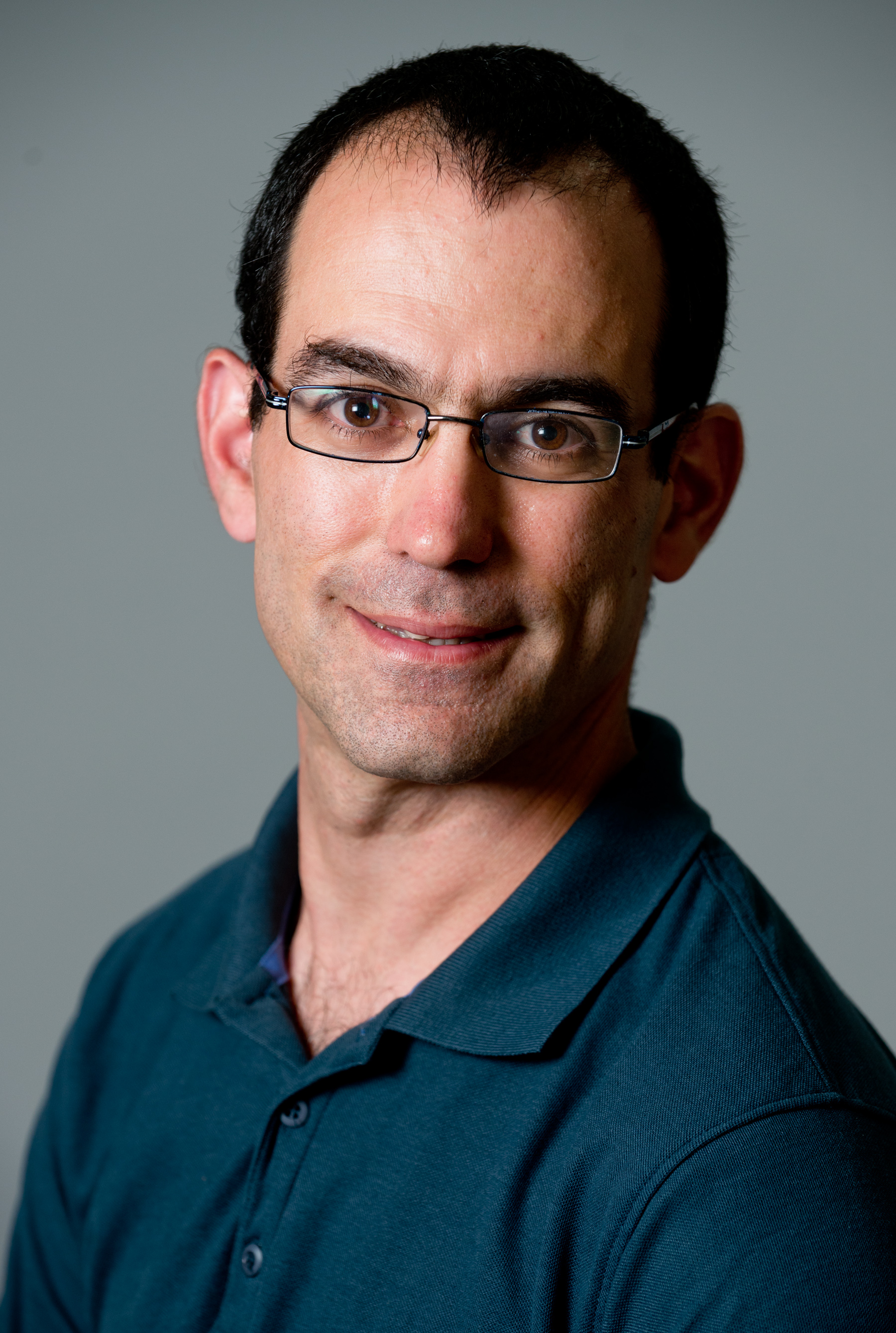
PhD.: The Hebrew University of Jerusalem, Hadassah Ein-Kerem, Israel
Post-Doctorate: Immune Disease Institute, Harvard Medical School, USA
Position: Senior Lecturer
The Shraga Segal Department of Microbiology Immunology and Genetics
Faculty of Health Sciences
E-mail gazitroi@bgu.ac.il
Hematopoietic Stem Cells during health and disease
Hematopoietic Stem Cells (HSCs), the source of blood and immune cells throughout life, are already clinically-proven in saving thousands of livesin bone marrow transplants. Nevertheless, despite their critical importance in the field of adult stem cells, little is known about the molecular mechanisms underlying HSCs’ functions. Today, bone marrow transplants are still limited by the availability of stem cells and a much deeper understanding is required to generate and expand adequate cells for regenerative medicine. The connection between HSCs, the immune system and cancer, suggest that advanced research of the basic underlying mechanisms will provide new insight and suggest novel treatments by guiding our own adult stem cells.
1. Elucidating the role of Hlf: Hepatic Leukemia Factor (Hlf) was recently identified as a potent regulator of multipotency and self-renewal of mouse cells in-vitro. Although PAR-bZIP transcription factor is widely recognized in Acute B-cell leukemia with (17:19) translocation of E2A-HLF fusion oncogene, the endogenous role of Hlf is still not yet understood. Characterization of molecular mechanism(s), identification of cooperating factors and elucidation of how Hlf enhance self-renewal and multipotency, constitute a significant part of my laboratory’s research efforts.
2. Reprograming human blood cells back to HSC state: Under normal conditions, mature cells are generated from stem cells and following differentiation, they cannot form new stem cells. However, recent methodological advances have provided ways to reprogram differentiated cells back into stem cells. After discovering transcription factors that induce HSC-like activity in mice, we aim to translate such findings into humans. With the identified and predicted factors, our goal is to validate the ability to reprogram adult human blood cells into multipotent and transplantable HSC-like cells. Such cells might eventually be translated for use into the clinical setting.
3. Modulation of HSCs activity within the immune system: The generation of blood cells during normal homeostasis perturbed upon normal and pathological challenges. HSCs are not only the fundamental source of the hematopoiesis, but also take an active role in helping to mount immune responses. Identification of HSC’s receptors that directly respond to immune-mediators is still in its infancy and functional studies to understand their responses to infection are urgently needed. Utilizing specific activators of HSC function will pave the way in guiding our own stem cells amd direct the source of all blood and immune cells.
4. Generate novel Leukemia models: Leukemia is a severe, life-threateningdisease affecting hundreds of thousands of children, adults and elderly populations. While significant advancement of treatments have been made that offer complete, or at least partial cure, there are still many types of leukemia that remain refractory to therapies. The basic understanding of the human malignancy source and progression is largely dependent upon animal models, which also provide a platform to develop and assess novel therapeutics. Using an advanced lentiviral system for simultaneous overexpression of different transcriptional factors,we aim to generate a series of leukemias that closely simulate human Acute Myeloid Leukemia (AML) or Chronic Lymphocytic Leukemia (CLL).
Gazit R., Krizhanovsky V. and Ben-Arie N. (2004). Math1 controls cerebellar granule cell differentiation by regulating multiple components of the Notch signaling pathway. Development 131:903-913.
Gazit R., Gruda R., Elboim M., Arnon T.I., Katz G., Achdout H., Hanna J., Qimron U., Landau G., Greenbaum E., Zakay-Rones Z., Porgador A. and Mandelboim O. (2006). Lethal influenza infection in the absence of the natural killer cell receptor gene Ncr1. Nat. Immunol. 7:517-523.
Gazit R., Weissman I.L. and Rossi D.J. (2008). Hematopoietic stem cells and the aging hematopoietic system. Semin. Hematol. 45:218-224.
Gur C., Porgador A., Elboim M., Gazit R., Mizrahi S., Stern-Ginossar N., Achdout H., Ghadially H., Dor Y., Nir T., Doviner V., Hershkovitz O., Mendelson M., Naparstek Y. and Mandelboim O. (2011). The activating receptor NKp46 is essential for the development of type 1 diabetes. Nat. Immunol. 11:121-128.
Fu W., Ergun A., Lu T., Hill J.A., Haxhinasto S., Fassett M.S., Gazit R., Adoro S., Glimcher L., Chan .S, Kastner P., Rossi D., Collins J.J., Mathis D. and Benoist C. (2012). A multiply redundant genetic switch 'locks in' the transcriptional signature of regulatory T cells. Nat. Immunol. 13:972-980.
Gazit R., Garrison B.S., Rao T.N., Shay T., Costello J., Ericson J., Kim F., Collins J.J., Regev A., Wagers A.J. and Rossi D.J. (2013). Transcriptome analysis identifies novel regulators of hematopoietic stem and progenitor cells. Stem Cell Report.